Our research method toolbox
Explore the methods we use to uncover insight and drive product clarity
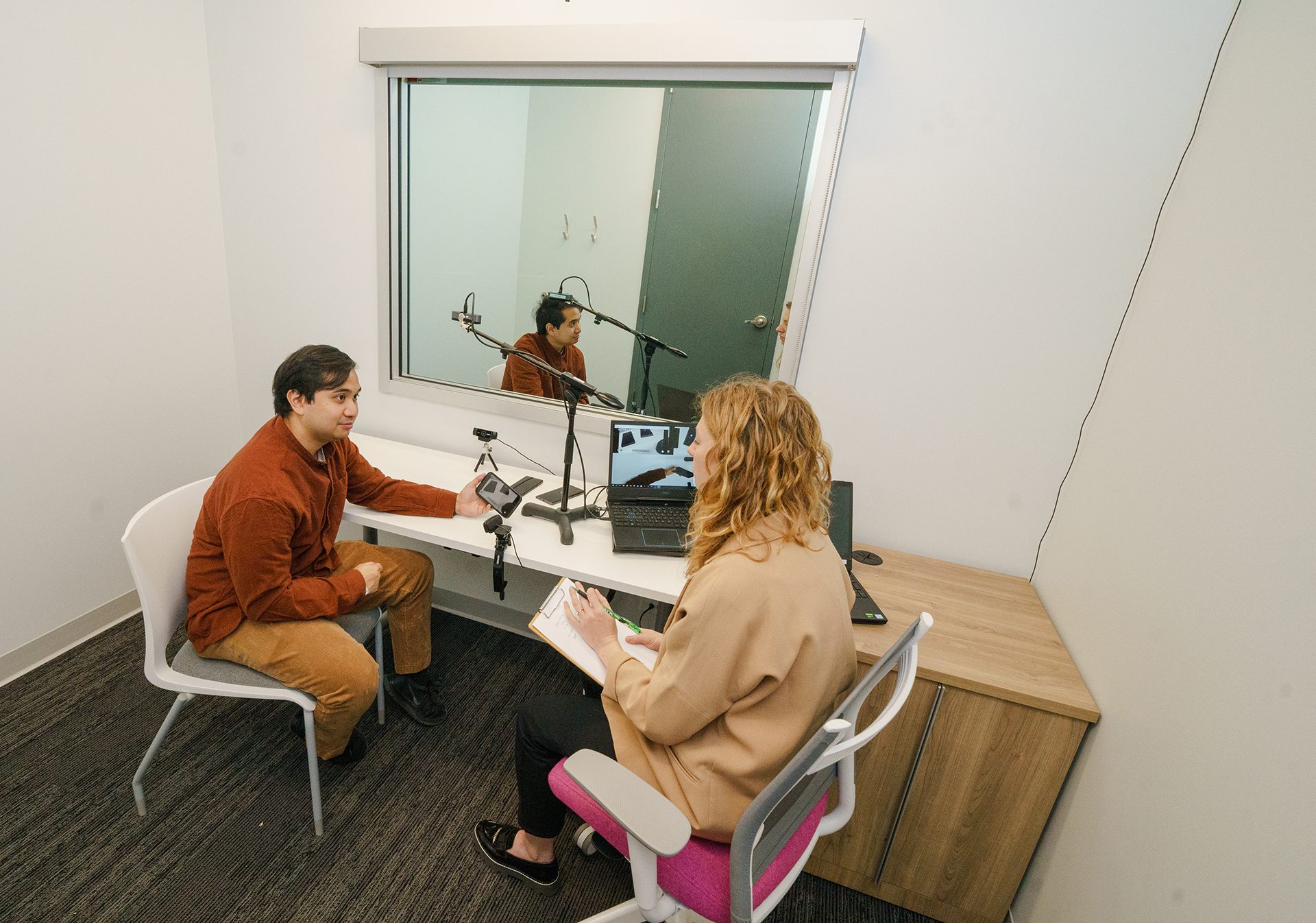
Whether you’re new to UX research or planning your next project, this page breaks down our most effective methods—what they are, when to use them, and what questions they help answer. Our work spans industries, products, and contexts. Every study is tailored to your goals, timeline, and where your product is in its journey.
Using a mixed-method approach
Most strategic research questions can’t be answered with a single method. We often use a mixed-method approach—combining qualitative and quantitative techniques to reveal what users do, why they do it, and how well your product performs.
By blending methods across stages, we uncover richer insights, reduce risk, and deliver clear direction.
Examples from the field

Automotive connectivity system redesign
We combined ethnographic ride-alongs and comparative usability testing across global markets. This revealed real-world use patterns and enabled us to evaluate multiple design concepts in context, helping the client align a globally consistent design.

Surgical workflow and interface refinement
For a surgical robotic interface, we paired time & motion studies with moderated usability testing. The time data exposed workflow inefficiencies, while usability testing revealed root causes fueling interface improvements and procedural training.

Digital health platform go-to-market
We integrated concept assessments, focus groups, and longitudinal diary studies to understand interest, emotional barriers, and long-term engagement: this informed feature prioritization, onboarding design, and rollout strategy.

Enterprise SaaS redesign
We led a global evaluation using contextual inquiry, benchmark testing, and collaborative workshops. This surfaced regional workflow differences and performance gaps and helped unify the product vision across teams and countries.

When to use a mixed-method approach
- When you need both behavioral insight and performance data
- When internal alignment requires multiple lenses of evidence
- When launching in new markets or testing complex systems
- When you’re validating a go/no-go decision
- When you want to see how experience evolves over time
Let us help you design the right research plan, blending methods to match your challenge.
Methods
Here’s how, when, and why we use each method. We’re happy to dig into the details with you if you want to explore what would work best for your team.
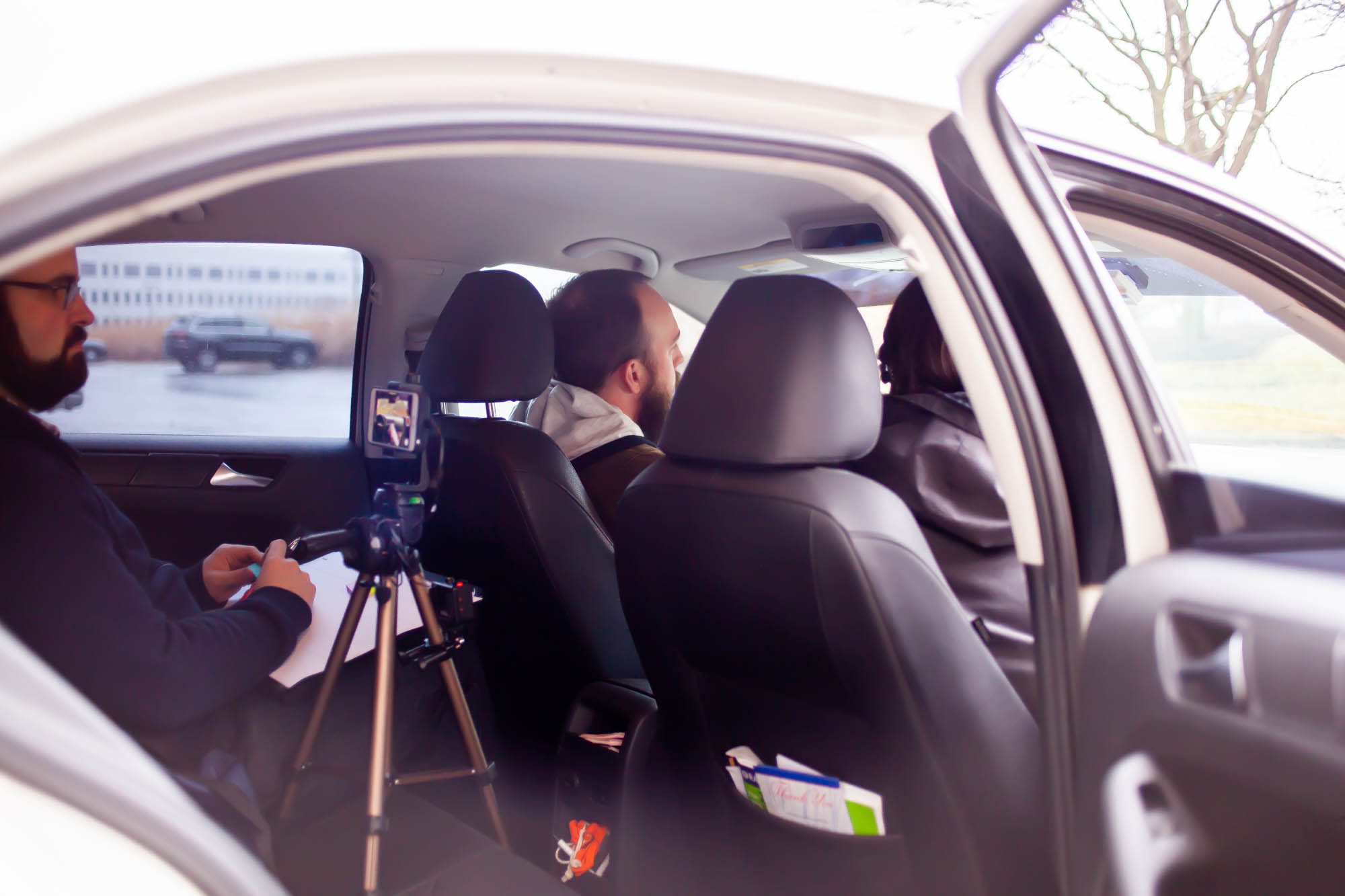
Benchmarking studies
Compare your UX against competitors or past versions.
Research stage: late-stage or ongoing
Answers: how well does your product perform, and where should you improve next?
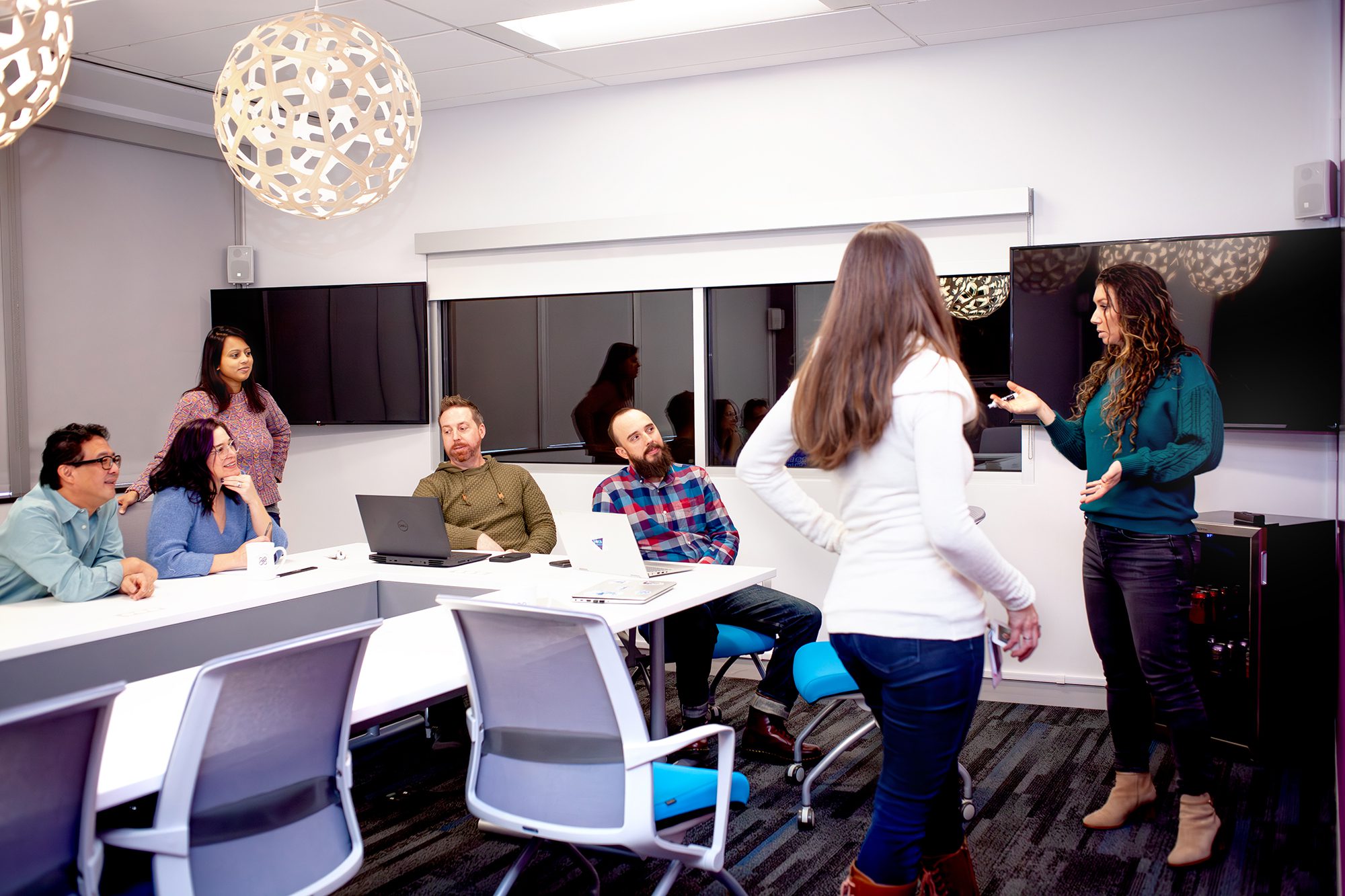
Collaborative design workshops
Facilitate sessions to co-create solutions and align on priorities.
Research stage: post-research or during major pivots
Answers: translating insight into action, driving buy-in, and building consensus.

Comparative testing
Evaluate multiple designs to see what works best.
Research stage: early-stage exploration or late-stage benchmarking
Answers: relative strengths of each design, preferences, and performance gaps.
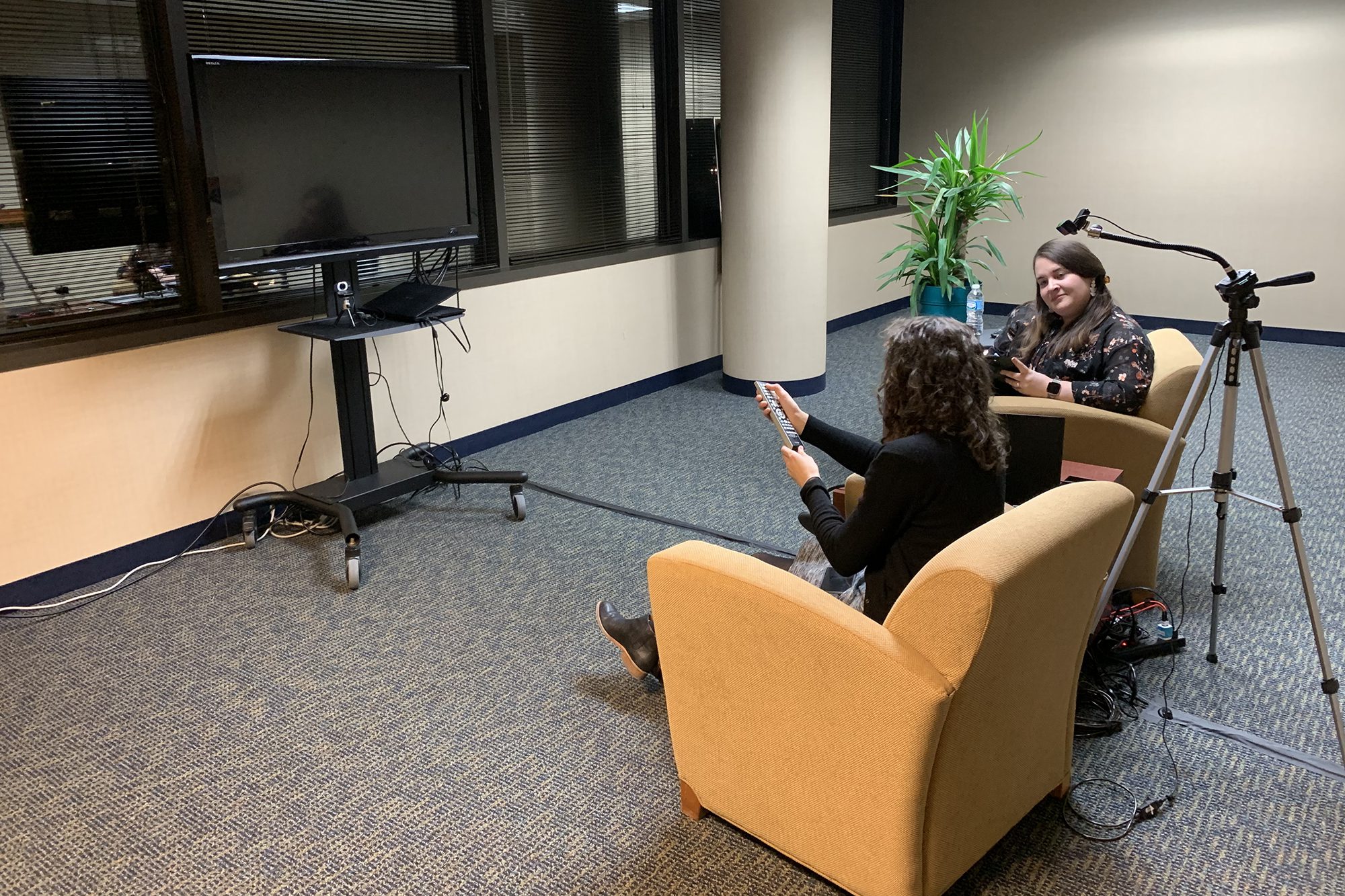
Concept assessments
Test how well users understand and value early ideas or features.
Research stage: early development
Answers: is the concept viable, desirable, and worth investing in?
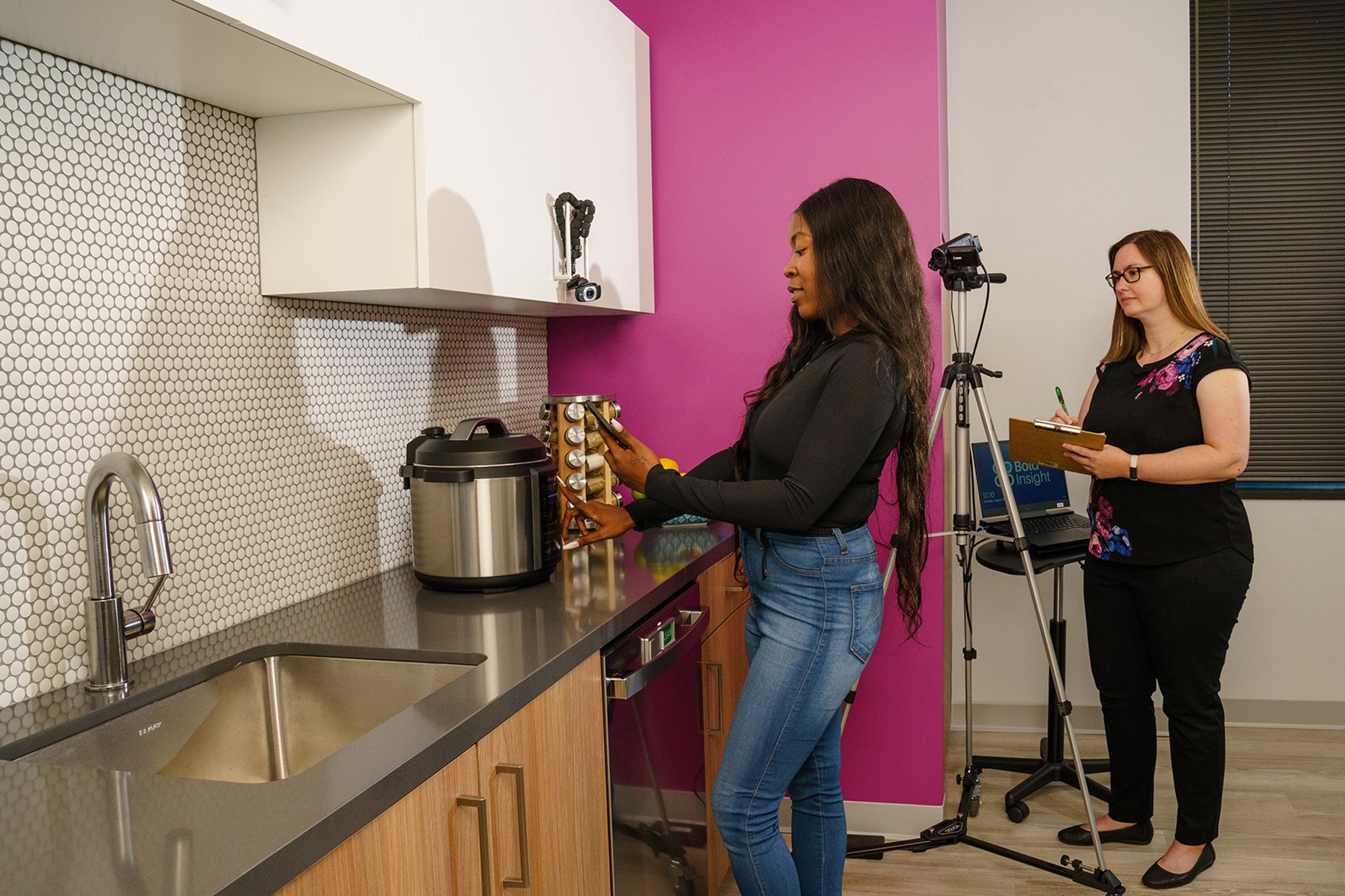
Contextual inquiry
Combine observation with live interviews to explore how users work.
Research stage: early stage
Answers: workflows, tools, motivations, and hidden behaviors.

Diary studies
Track attitudes and use over time through self-logged experiences.
Research stage: early to mid-stage, longitudinal
Answers: how usage changes, what frustrations emerge, what habits form.
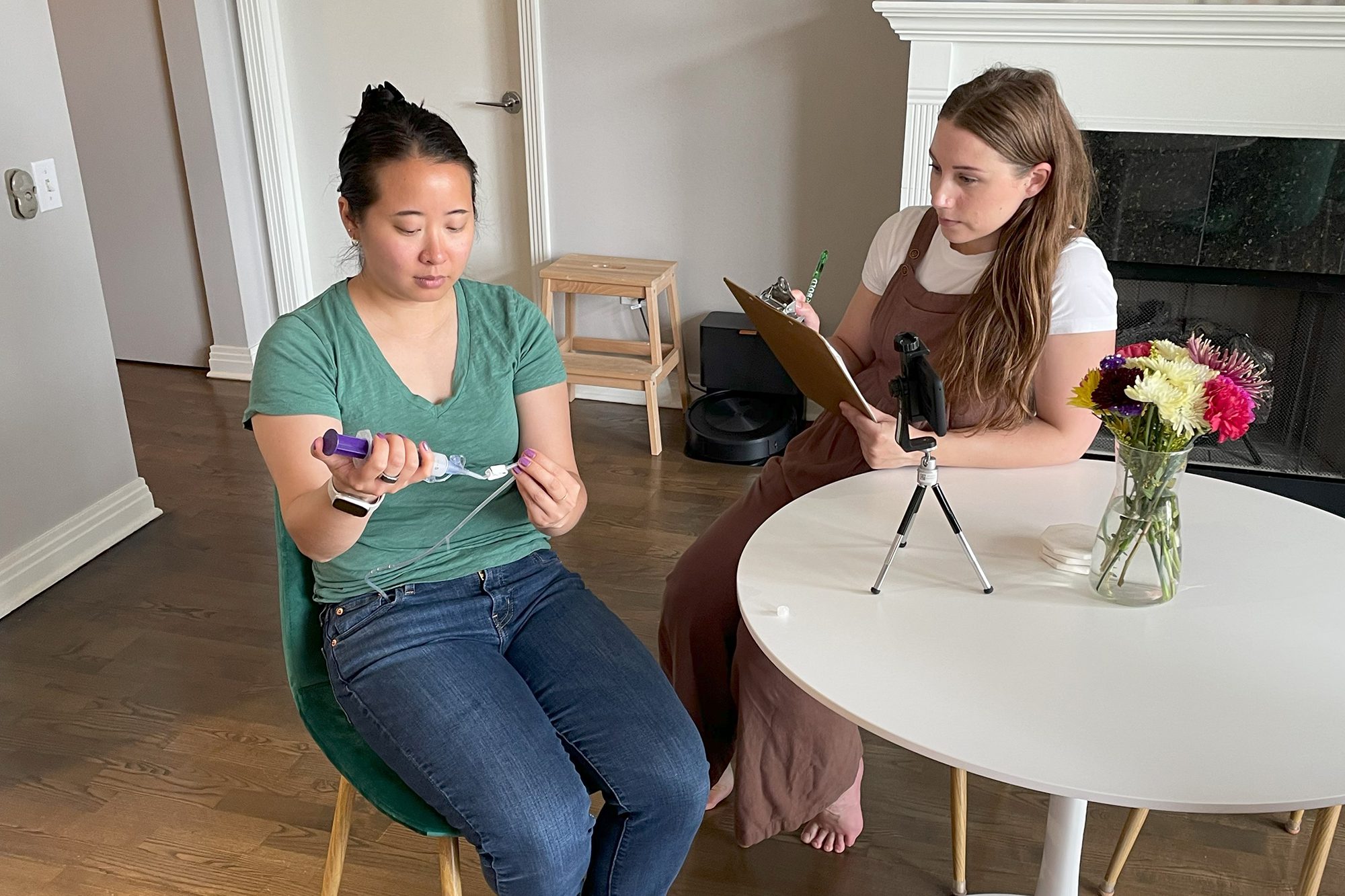
Ethnography
Observe users in real-world environments to understand context, tasks, and pain points.
Research stage: early discovery
Answers: what users do, where inefficiencies lie, and what’s missing in the current experience.

Focus groups
Facilitate group dialogue to understand perceptions and aspirations.
Research stage: early-stage idea testing
Answers: how users think, what they want, and how they respond to concepts.

Formative usability testing
Observe how users interact with prototypes to uncover design issues.
Research stage: throughout development
Answers: where friction exists, why users get stuck, how to improve UX.

Heuristic evaluation
Expert review of your interface against usability principles.
Research stage: early or mid-stage
Answers: design violations and typical patterns of confusion.
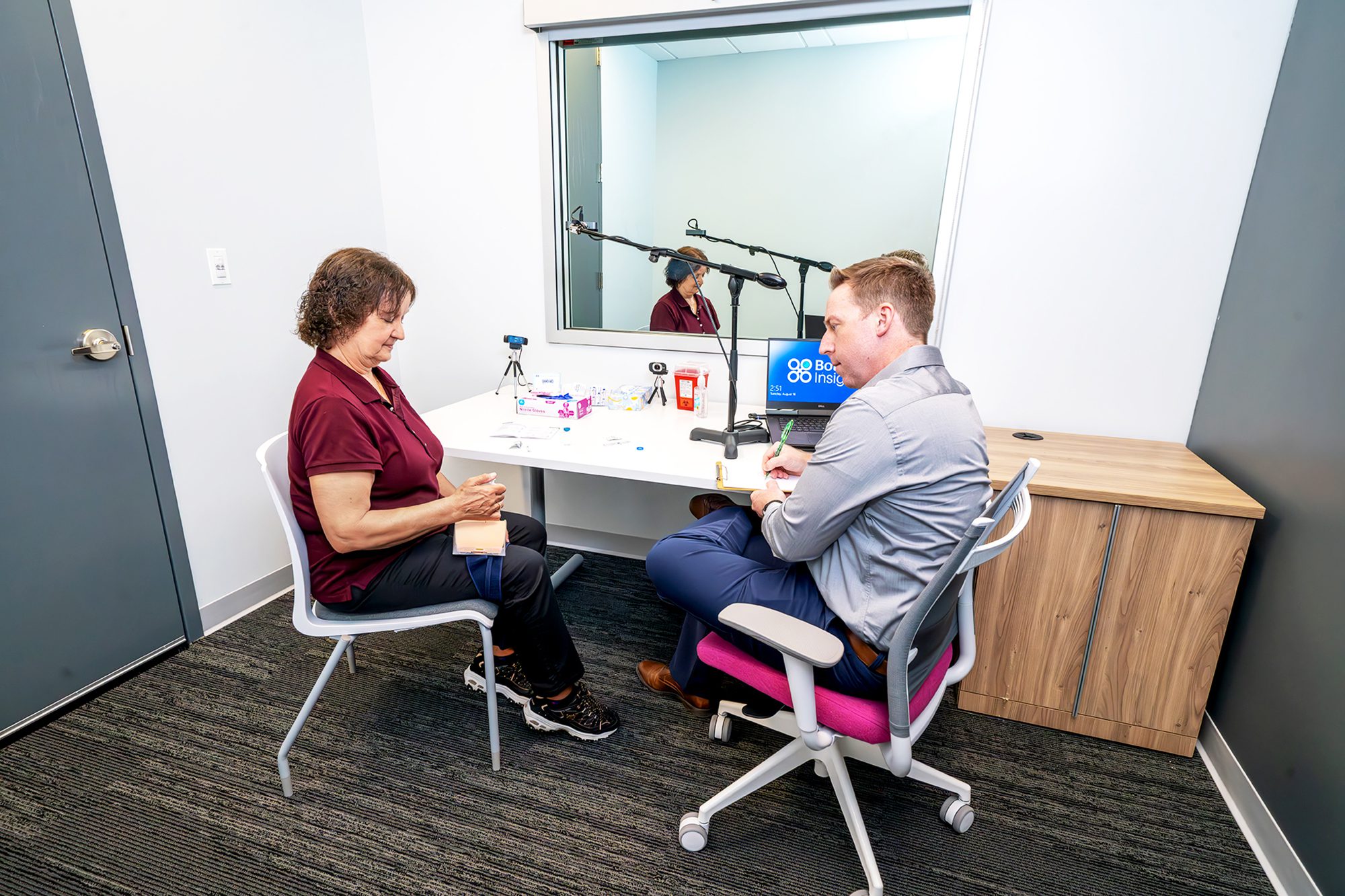
Human factors validation testing
Evaluates whether a medical device can be used safely and effectively by its intended users in real-world conditions.
Research stage: late-stage, post-development
Answers: whether users can perform critical tasks, where use errors may still occur, if residual risk is acceptable, and if the product meets regulatory expectations.
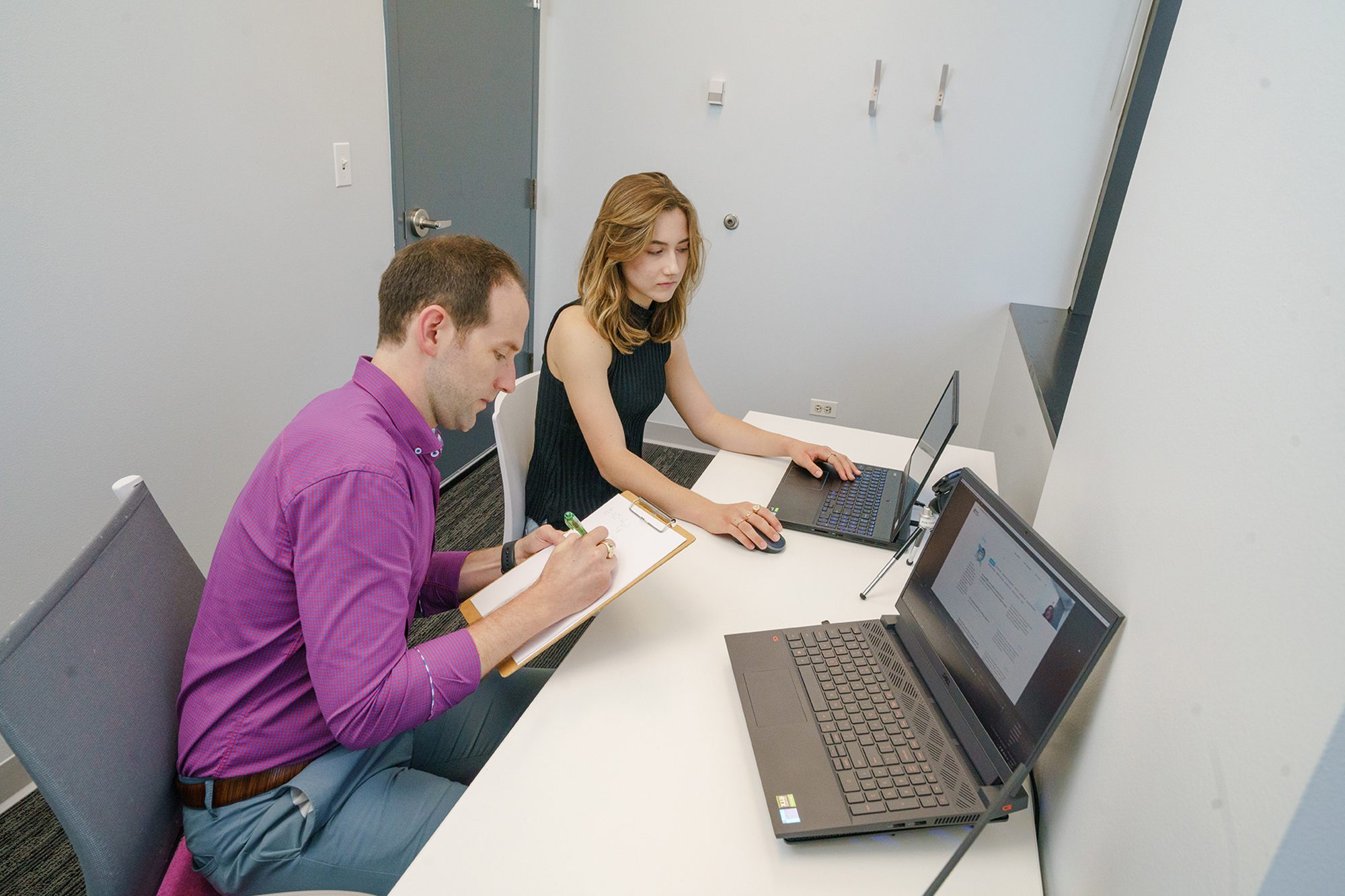
Information architecture assessment
Test how users understand and navigate your content.
Research stage: before or during content design
Answers: Do users find things easily, and how do they structure content logically?

Longitudinal studies
Track behavior and learning over weeks or months.
Research stage: any stage where change over time matters
Answers: how users adapt, where fatigue or friction builds, and long-term satisfaction.
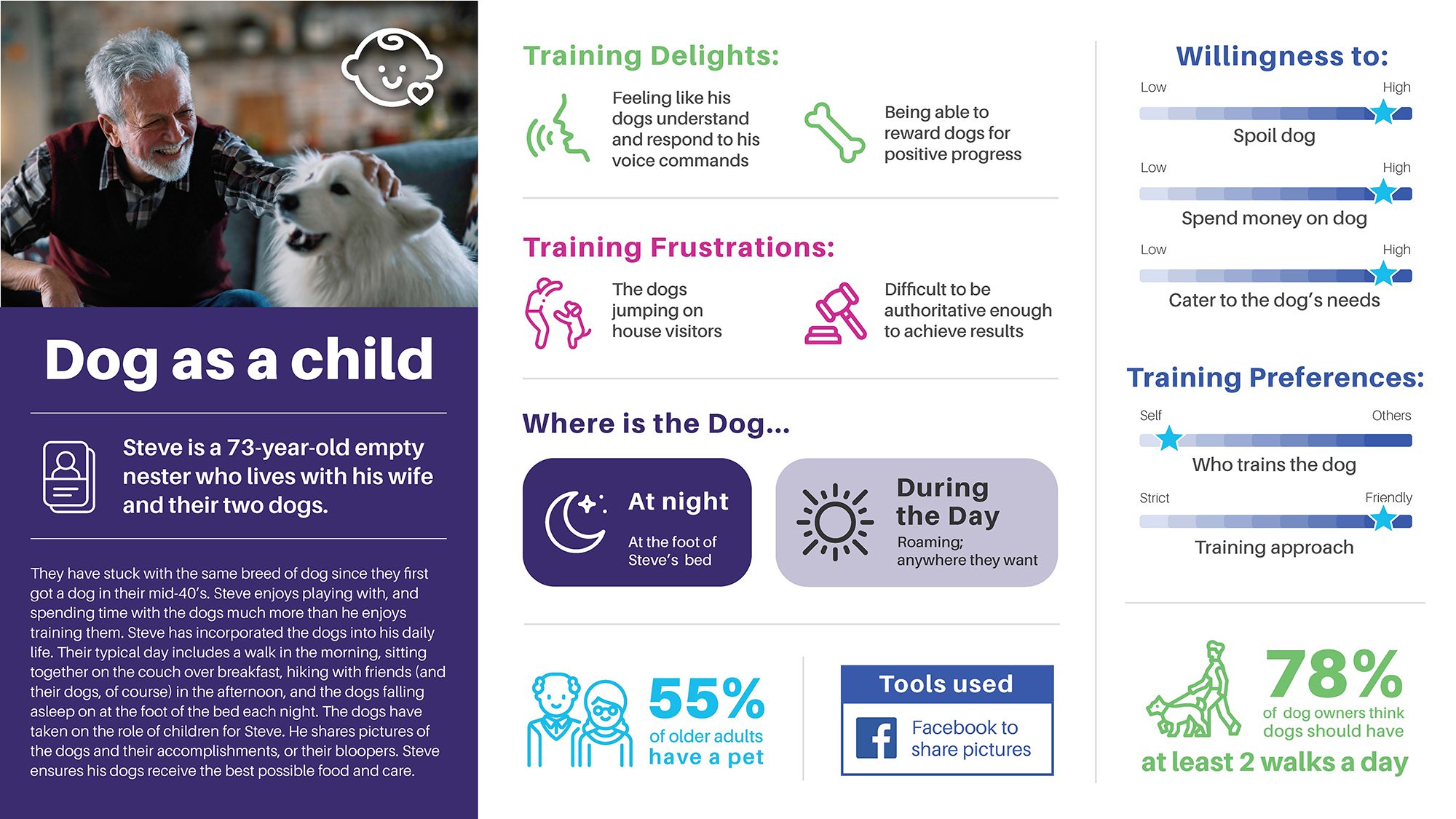
Personas
Create profiles that represent key segments of your users.
Research stage: early research deliverable
Answers: who you’re designing for, their goals, frustrations, and key needs.
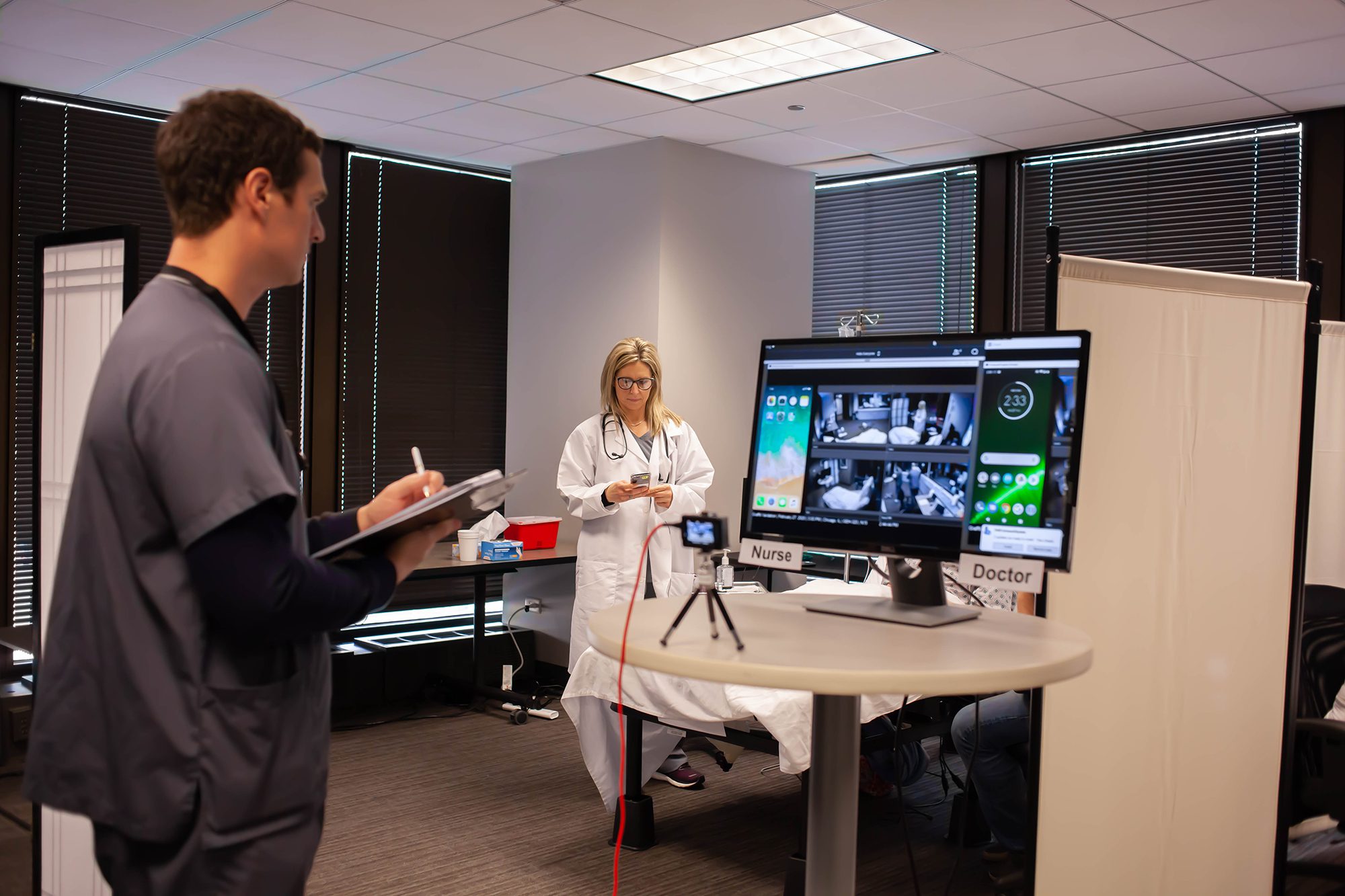
Summative usability testing
Measure the performance of a final product against goals.
Research stage: before launch
Answers: task success, usability issues, regulatory readiness (if needed).
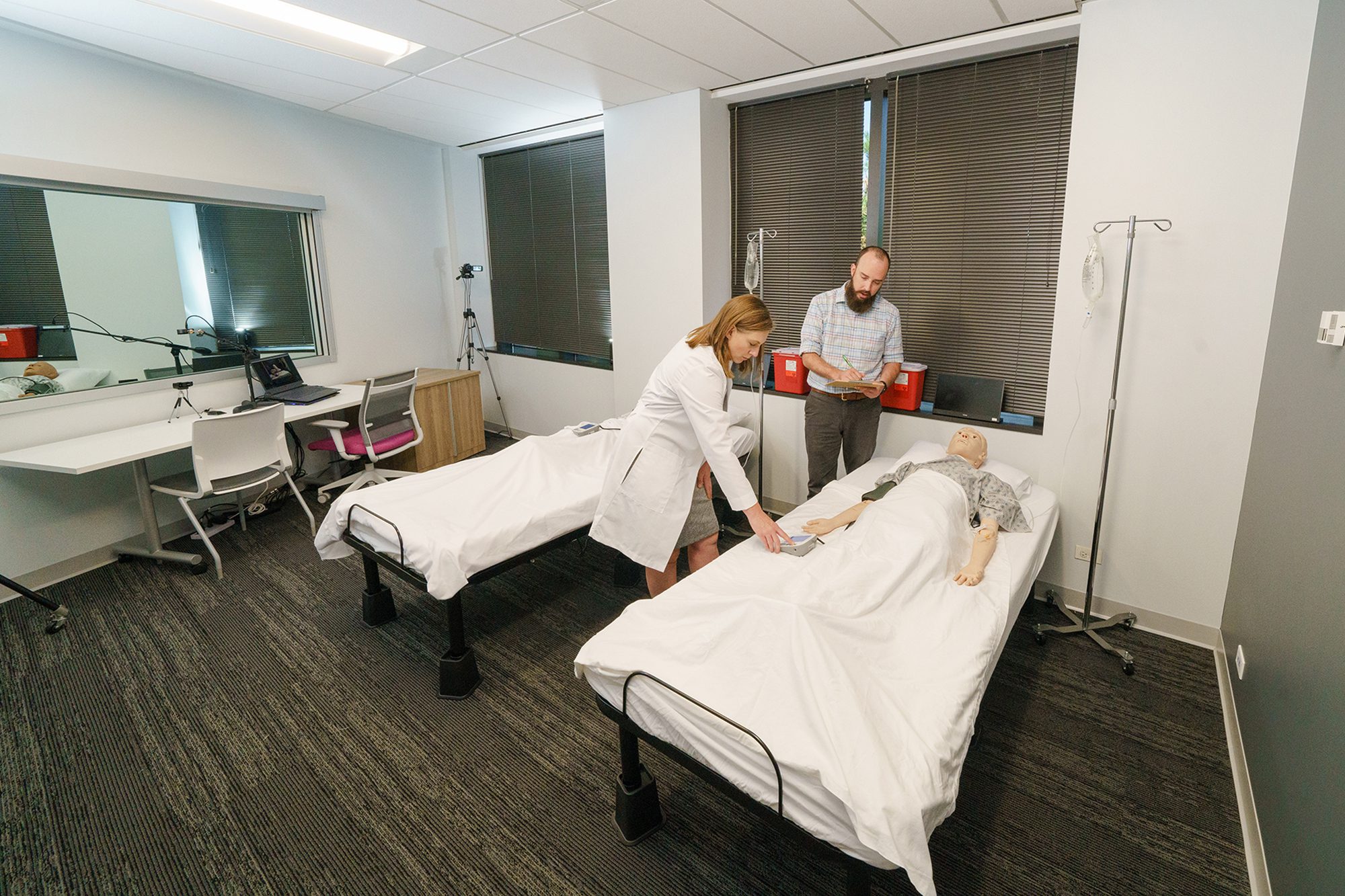
Time & motion studies
Measure the efficiency of task execution.
Research stage: to optimize workflows
Answers: How long do tasks take, where is time lost, and how do you balance steps?
What a research session really looks like
Whether we’re in a lab, on the road, in a hospital, or connecting remotely, our approach stays the same: create natural, real-world conditions that uncover meaningful insight. We’ve designed and built labs around the world, and we’ve conducted thousands of hours of in-context testing—from in-car systems to at-home health apps to clinical devices in simulated hospital settings.

In-lab sessions
We observe participants as they interact with your product or prototype while performing tasks. We simulate real-world environments when needed, and we equip our labs with tools to record every moment—so no key behavior goes unnoticed.
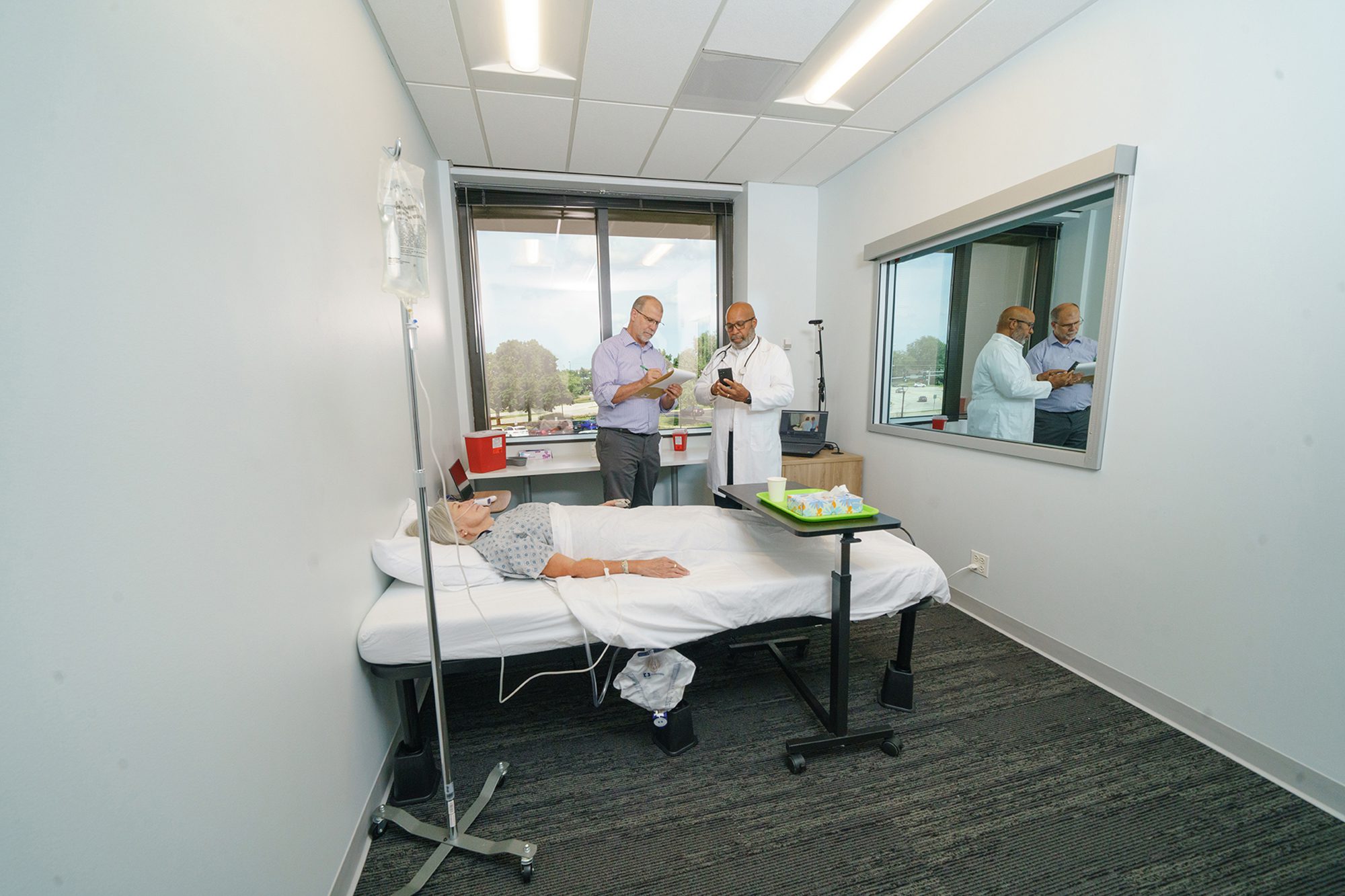
Medical device testing
We conduct medical device usability and validation studies in both lab and simulated-use environments. Need a high-fidelity clinical setting? We partner with local simulation labs to replicate the context of care. For simpler workflows, we simulate realistic use in our own labs to keep things nimble and cost-effective.
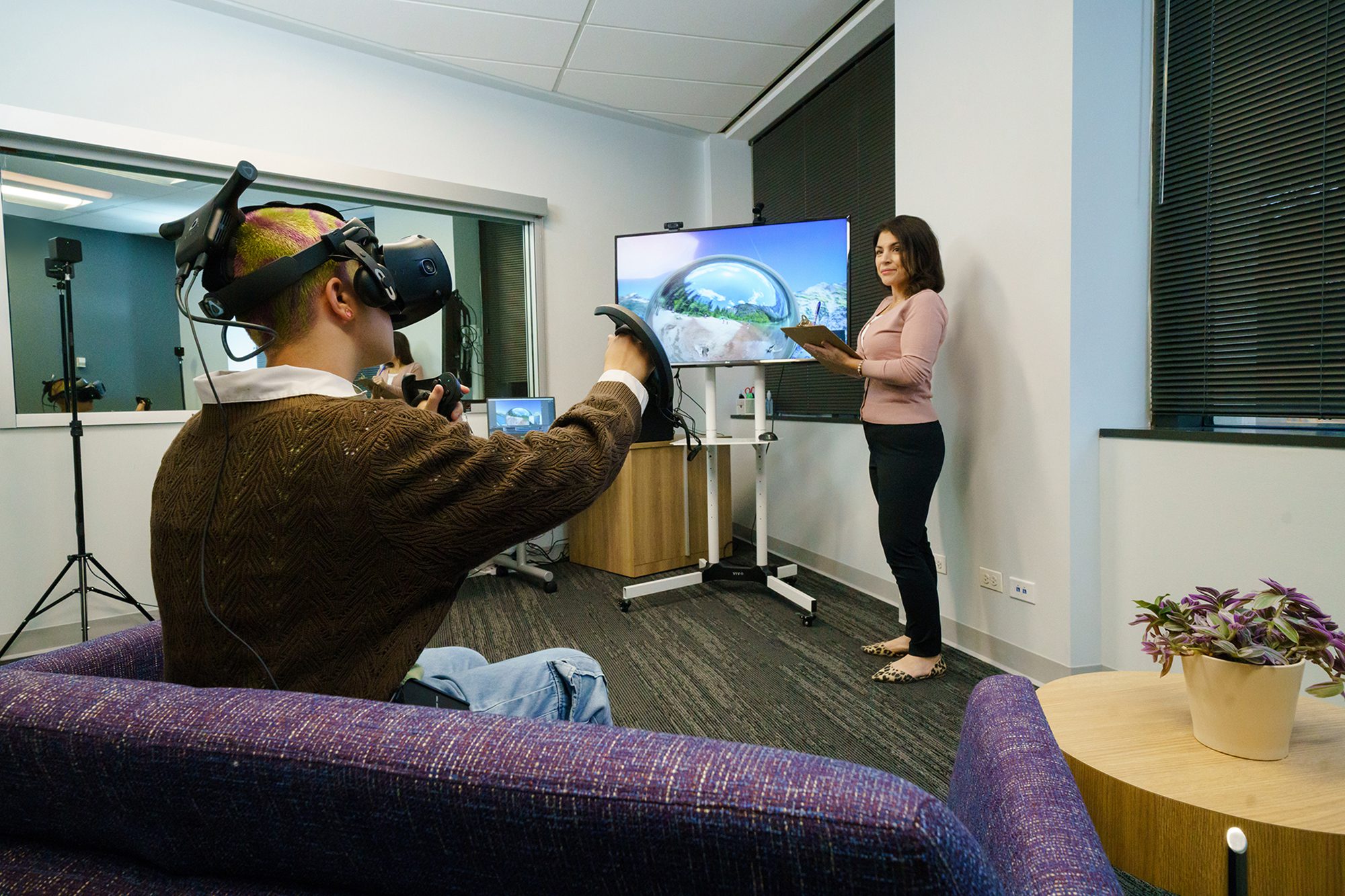
Mobile and in-home tech
We replicate in-home environments inside our labs or external facilities, using discreet cameras and observation tools to capture interaction while keeping participants comfortable. Moderators observe and probe to understand friction, mental models, and paths to success.

In-car research
From dashboards to infotainment to HMI testing, we equip cars with multiple cameras to capture both driver behavior and interface use. Whether parked or on the road, we stream sessions in real-time to remote stakeholders and maintain safety without compromising on data quality.

Remote research
We take remote sessions seriously. We run tech checks with every participant in advance and build in time for troubleshooting. Our team moderates with empathy and precision, ensuring every session stays on track and every interaction is captured clearly.
Different session formats, different insights
Not every study calls for the same type of setup. We flex our methods to match the experience you’re building.

Individual sessions
One-on-one interviews or usability tests between a participant and a moderator are our most common format—ideal for capturing detailed feedback and observing natural behavior.

Dyads
Two participants (like a parent and child, or physician and nurse) interact together while the moderator observes and asks questions. These are great for products used collaboratively.

Small groups
Groups of 3–5 participants can be helpful when you’re testing shared tools, gauging group dynamics, or want a wider spread of opinions in a short time.

Focus groups
With 6–8 participants, we typically use this format when input from experts or key influencers is needed to shape early concepts or product direction.
Want to see it in action?
We welcome observers behind the glass or behind the screen. You can watch sessions live in person or remotely, interact with the team through chat, and ask for on-the-fly adjustments. We make sure you don’t miss the moment when insight clicks.